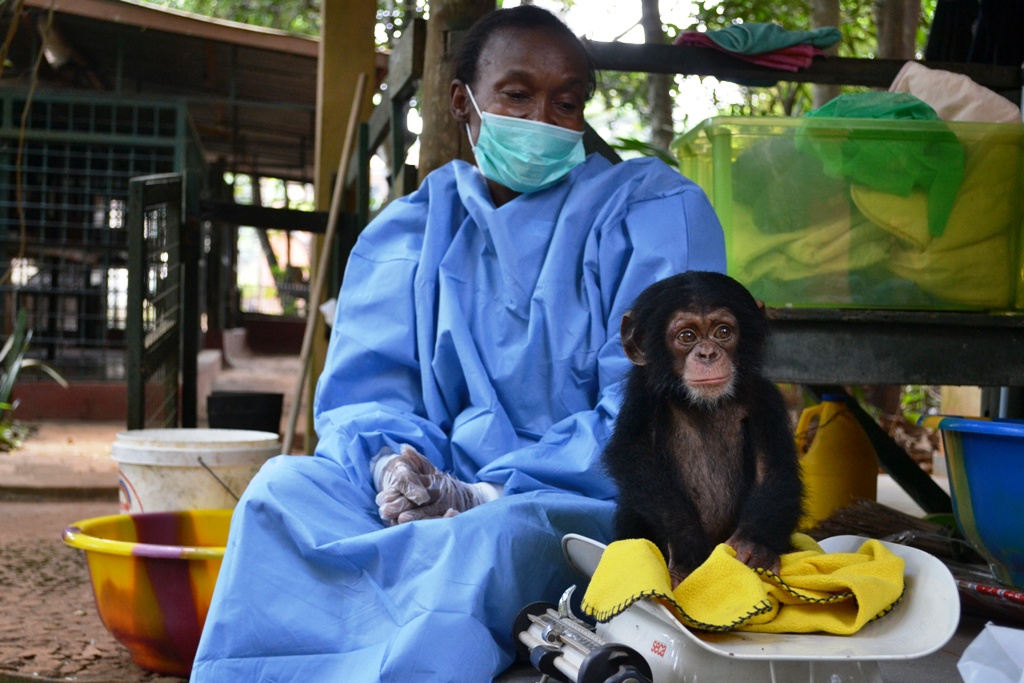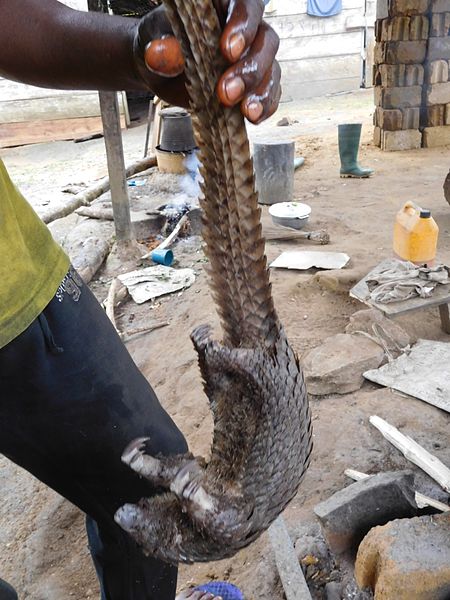Lessons from the corona virus
Proof we should rethink how we handle wildlife
by Ruby Vise
Sitting alone, I look longingly out the window as I the first sunny days of Spring slip by while I’m stuck indoors. In Oregon we have been ordered to stay home to decrease the spread of COVID-19. Already, I find myself wondering when life will return to some semblancy of normal. Since the first case in November 2019, this virus has infected more than we ever imagined. My heart goes out to the people infected, the families of those who have died, and the workers out of a job.
Viruses like COVID-19 are classified as zoonotic diseases, or zoonoses, and can be transmitted between animals and humans. Zoonoses shouldn’t be thought of as a rare phenomenon, as humans have been dealing with them for centuries. Some examples of zoonoses you may be familiar with include rabies, bird flu, salmonella, E. coli, malaria, and even Ebola. While these diseases are very different, they all are found in wildlife and have led humans to develop certain protocols to avoid infection. Perhaps more alarming is the looming possibility of emerging infectious diseases that we have never encountered. The novel Coronavirus is an example of how detrimental a new disease can be when we are unprepared.

Mama P. at Tacugama Chimpanzee Sanctuary protects orphan from possible disease transmission

Pangolin, pictured here, sold from a wildlife market, was believed to have helped start the COVID-19 outbreak
But how do new zoonoses reach humans? In most cases zoonotic diseases circulate within small populations of wild animals but rarely “spillover” into humans. For diseases to spillover into humans, a person has to encounter a contamination source (commonly saliva, feces, or blood) from an infected animal. You have to consider the odds a person comes into contact with the source, as well as the odds that the individual animal is infected. Yet, as we increase our proximity to and interactions with wildlife, humans open the door for new diseases.
The COVID-19 spillover event occurred in a live wildlife market in Wuhan, China. In these wildlife markets, animals are crammed into small, filthy cages– putting the animals under intense stress and creating the ideal breeding ground for zoonoses. The inhumane conditions and close proximity mean that a disease can easily start in one sick animal and rapidly infect the whole market. It’s uncommon for a disease to spread so quickly in the wild.
Experts working to trace the source of COVID-19 presume that the virus, called SARS- coV-2 in wildlife, originated in either bats or pangolins. Pangolins are one of the most trafficked animals, so their presumed role in the outbreak raises questions of whether there should be stricter regulations in place for the buying and selling of endangered species.
If anything, COVID-19 has opened our eyes to just how at risk the world is to zoonotic diseases. We cannot allow the illegal wildlife trade to place endangered species and our public health at risk any longer. It’s only a matter of time before another zoonotic disease mutates into something deadly to humans. The only question is whether we will let it spillover or increase regulatory precautions and protect the globe.
